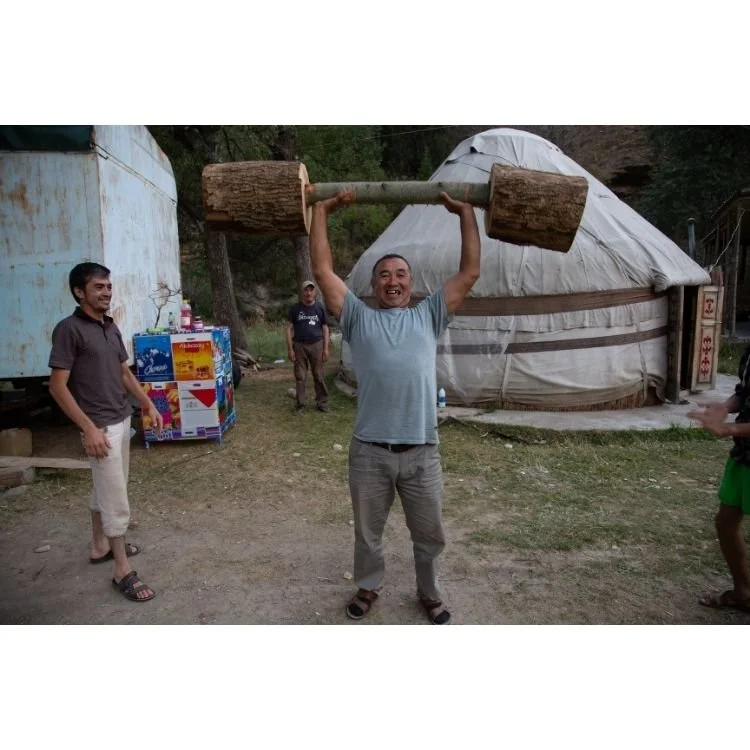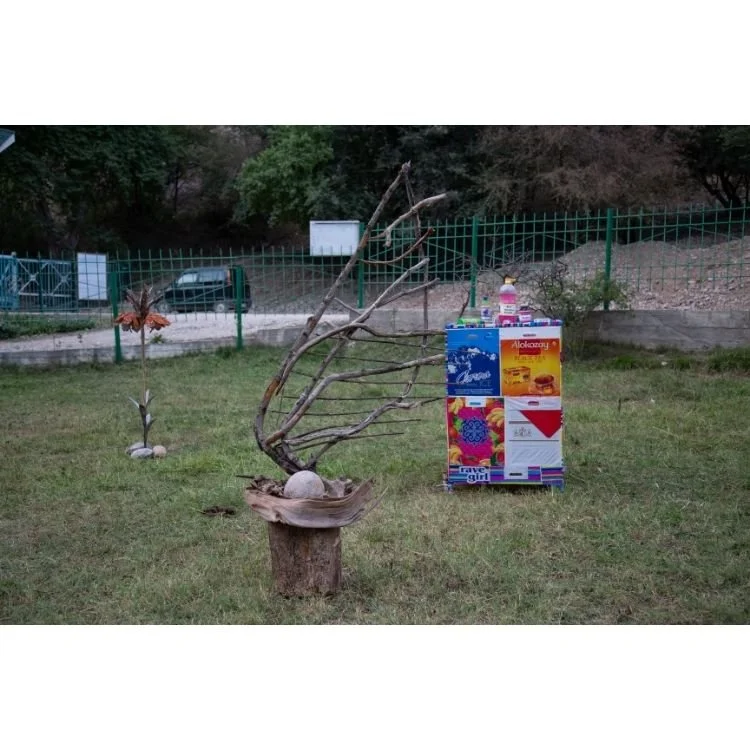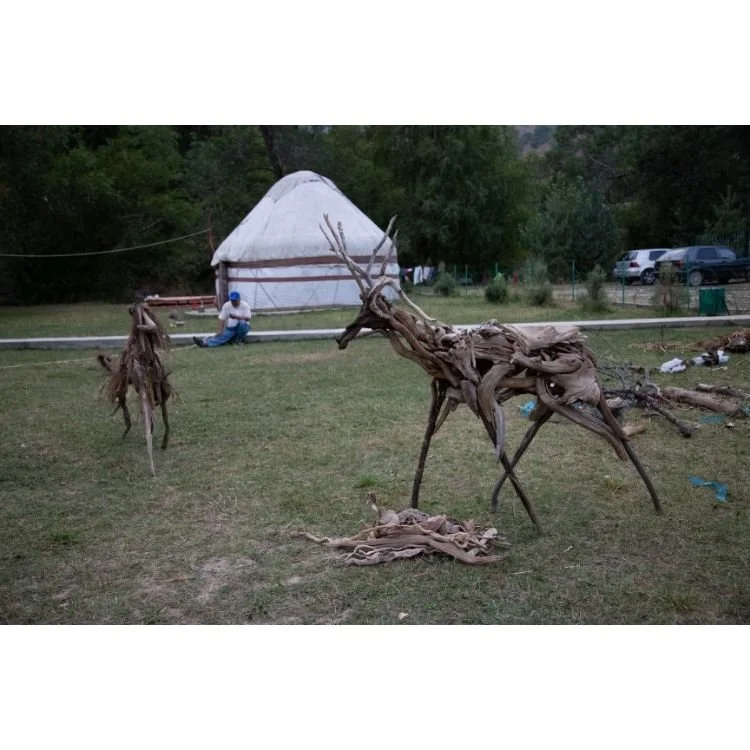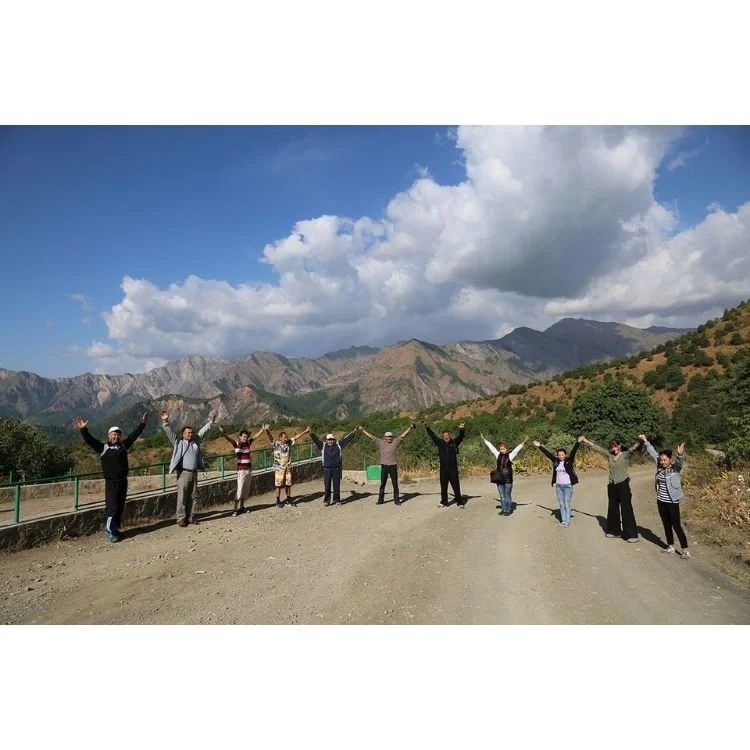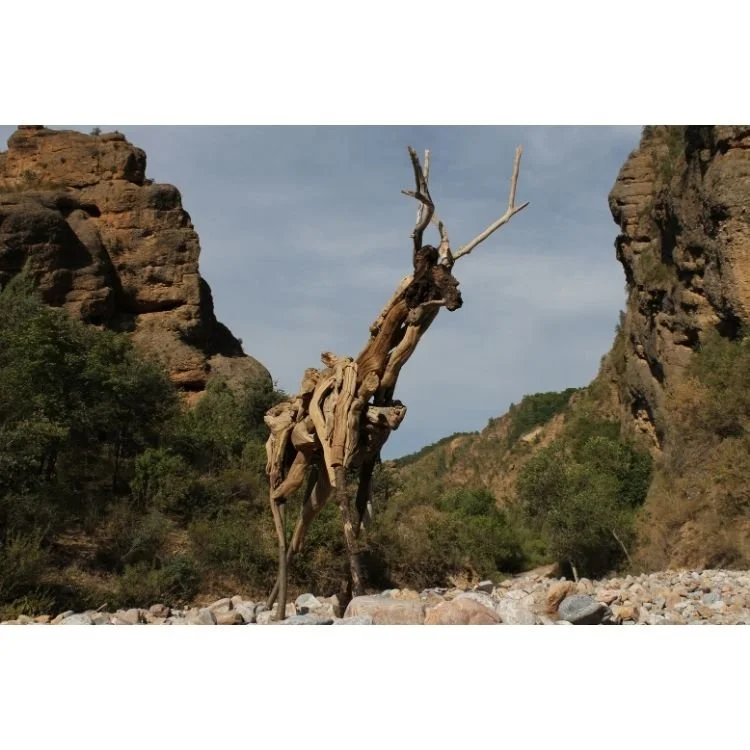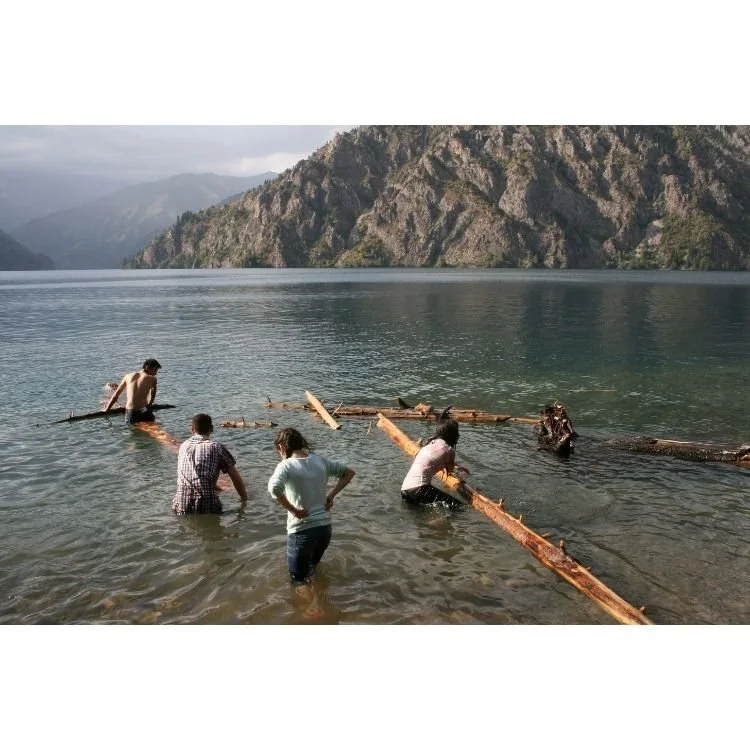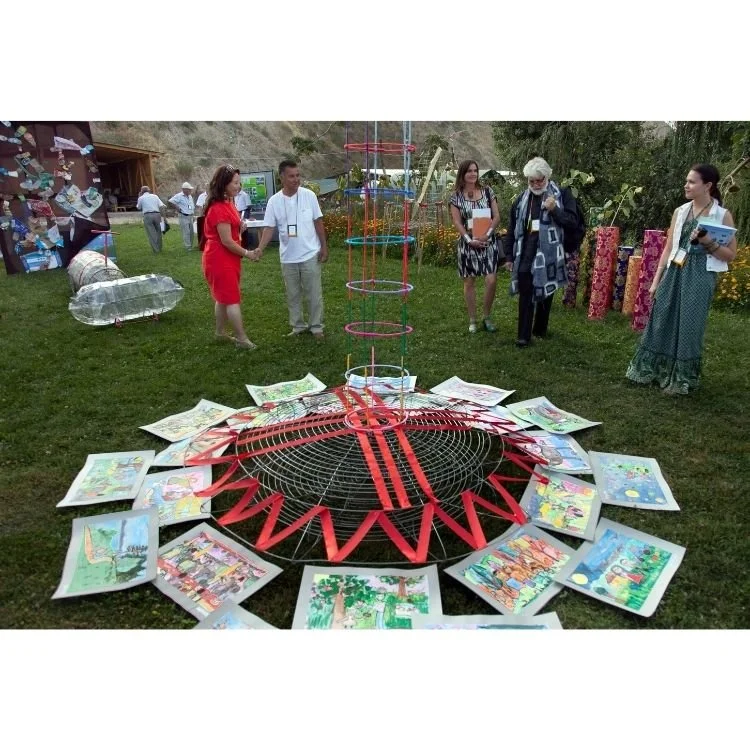Nomadic Art Camp 2014:
Understanding and Promoting Sustainable Management of the Biocultural Heritage of Mountain Landscapes
The Nomadic Art Camp 2014 was an immersive and transformative artistic initiative that brought together both young and established artists from Kyrgyzstan, Tajikistan, Kazakhstan, Germany, and Switzerland. The project aimed to explore the rich biocultural heritage of the mountainous regions of Central Asia, focusing on the unique relationship between the natural environment and the nomadic cultures that have thrived in these landscapes for centuries. The project took place on the southern edge of Kyrgyzstan, in the Jalalabad region, near Lake Sary-Chelek. This remote and stunningly beautiful location provided the artists with a unique opportunity to deeply engage with the environment. Surrounded by majestic mountains, clear waters, and expansive meadows, the artists were immersed in an ecosystem that is both fragile and rich in cultural history.
Lake Sary-Chelek is a UNESCO biosphere reserve, and the choice of this location was deliberate to highlight the delicate balance between preserving nature and sustaining cultural traditions. The artists were encouraged to explore the interplay between the biocultural heritage of the area—the shared knowledge of the land, natural resources, and the cultural practices of the nomadic people—and the urgent need for sustainable management to protect these valuable resources for future generations. While living in the yurts, the artists were inspired by the natural beauty around them and the daily life of the local nomadic communities. They had the opportunity to learn about and engage with the traditional lifestyle, gaining insights into the crafts, customs, and cultural wealth of the nomadic people who have called this region home for centuries. These encounters sparked a dialogue between the artists and the environment, motivating them to channel their sensory experiences into artistic expression.
The project encouraged the artists to reflect on their personal sensations of the landscape—the sounds, textures, and colors of the mountains and lake—while also considering how these experiences could be connected to the broader themes of ecological preservation and cultural continuity. Their interactions with local artisans, herders, and community members provided them with a deeper understanding of the traditional knowledge passed down over generations, including sustainable practices that have allowed the region’s people to live in harmony with the land. The artworks created during the camp were deeply informed by these experiences. The artists translated their feelings of connection to the environment, reflections on the nomadic way of life, and their interactions with the local culture into a diverse range of artistic media, from painting and sculpture to photography and installation art. These works not only represented the beauty of the landscape but also addressed the challenges of preserving both the natural environment and the rich cultural heritage of the nomads in the face of modernization and climate change.
A core aspect of this project was the spirit of collaboration. While the artists worked individually on their own pieces, the camp fostered a sense of community among them. Working together in this shared environment allowed for a collective exchange of ideas and artistic techniques. The experience encouraged mutual learning and inspired collaborative projects that reflected the interconnectedness of the participants' different cultural and artistic backgrounds. The artists also engaged in open dialogues with local community members, exchanging ideas about traditional practices, sustainable resource management, and the preservation of cultural heritage. These conversations informed their creative processes, deepening their understanding of how art can serve as a catalyst for social and environmental change.
The culmination of the camp was an exhibition held at the Kyrgyz National Museum of Fine Arts in Bishkek. This exhibition showcased the artworks created by the participating artists during their time in the Jalalabad region. The works displayed in the museum ranged from traditional forms of expression to contemporary interpretations, offering a diverse representation of the artists' experiences. Through their works, the artists reflected on the importance of understanding and preserving this heritage in the face of global challenges such as climate change, urbanization, and the erosion of traditional knowledge. The exhibition was not only an opportunity to experience the outcomes of the camp but also served as a platform to engage the public in important conversations about sustainability and the need for a holistic approach to managing both the natural environment and the cultural practices that sustain communities. It highlighted how art, as a universal language, can convey complex ecological and cultural messages to a wide audience, encouraging action and raising awareness about the need to protect both nature and culture.

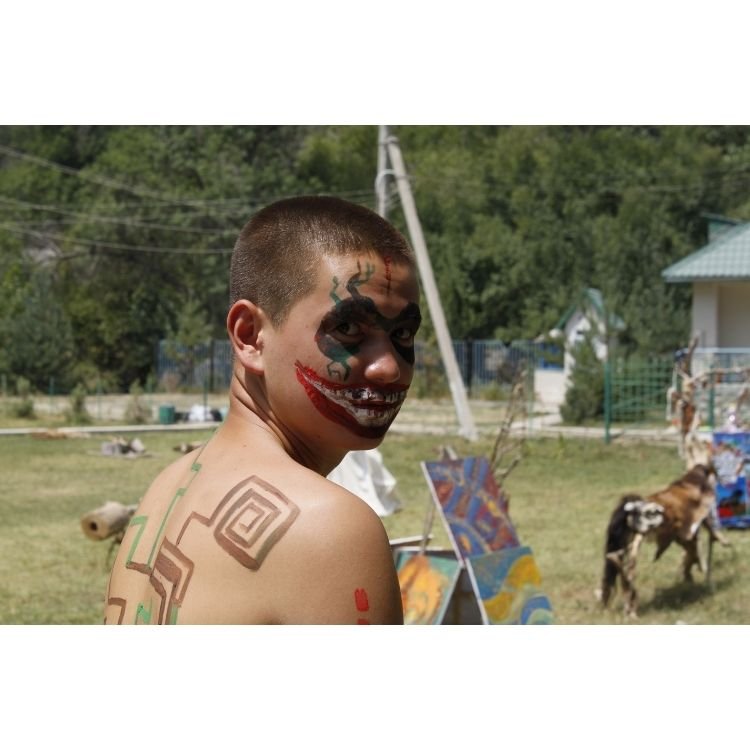
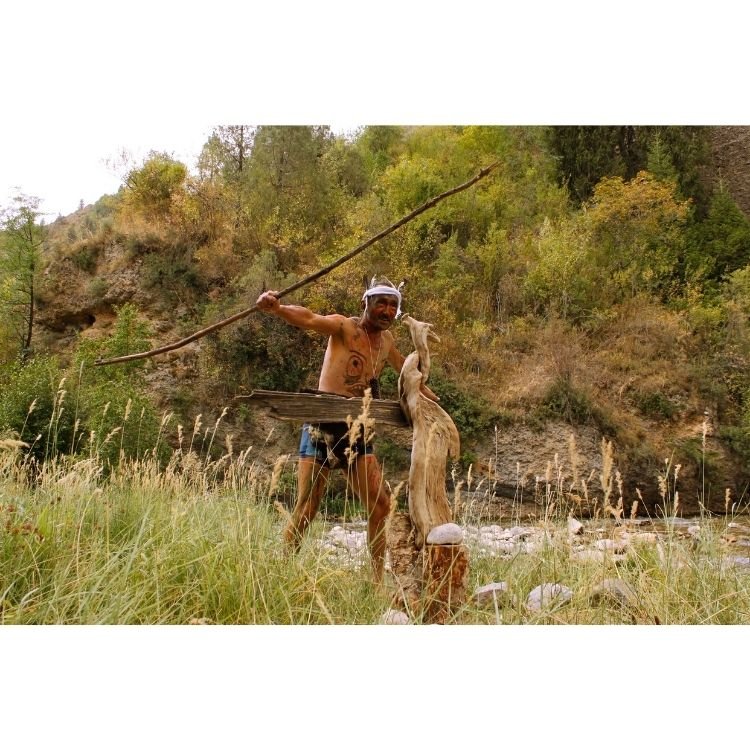
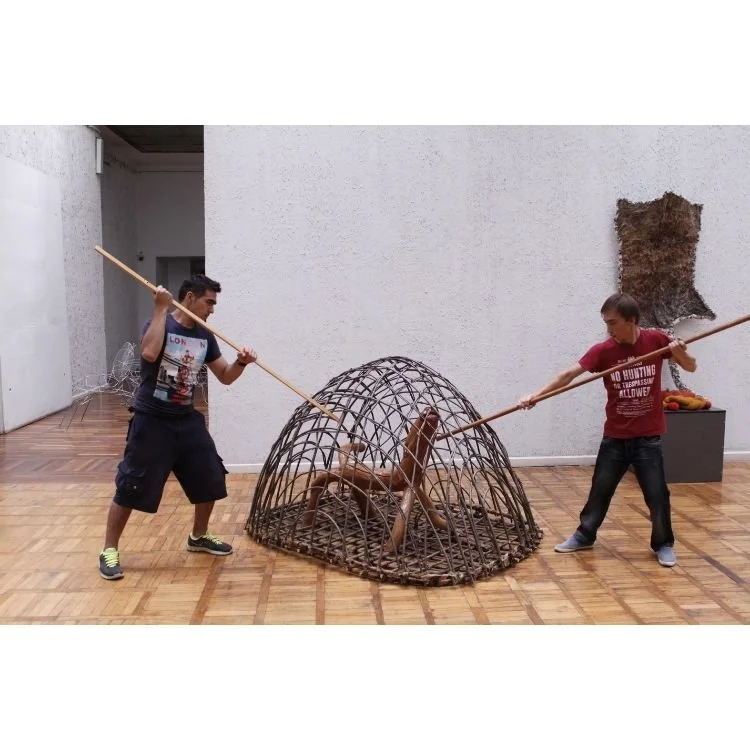



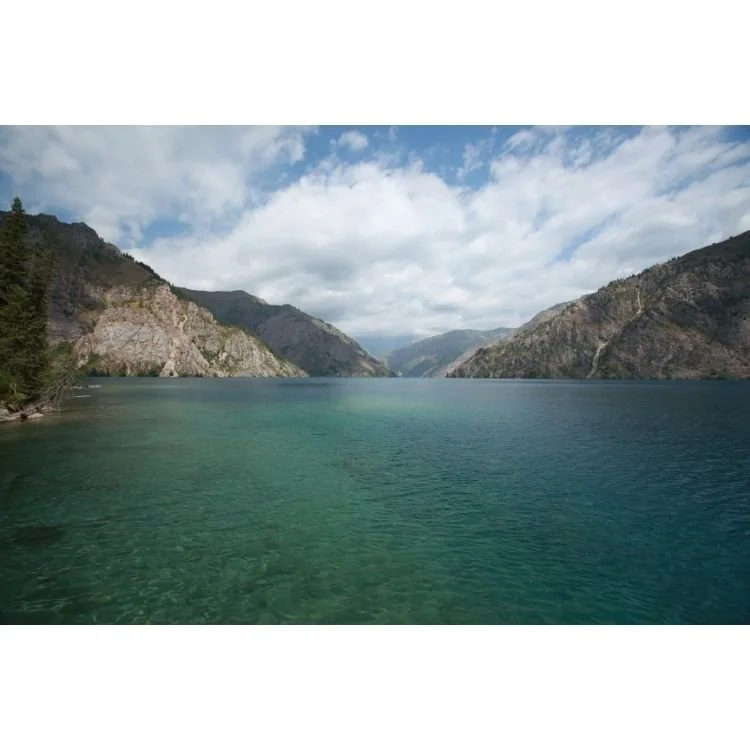
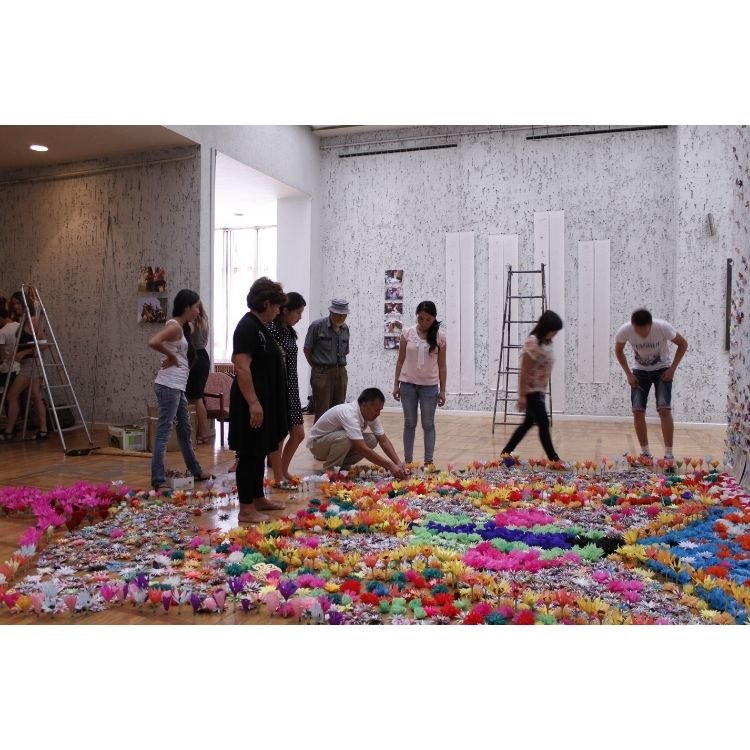

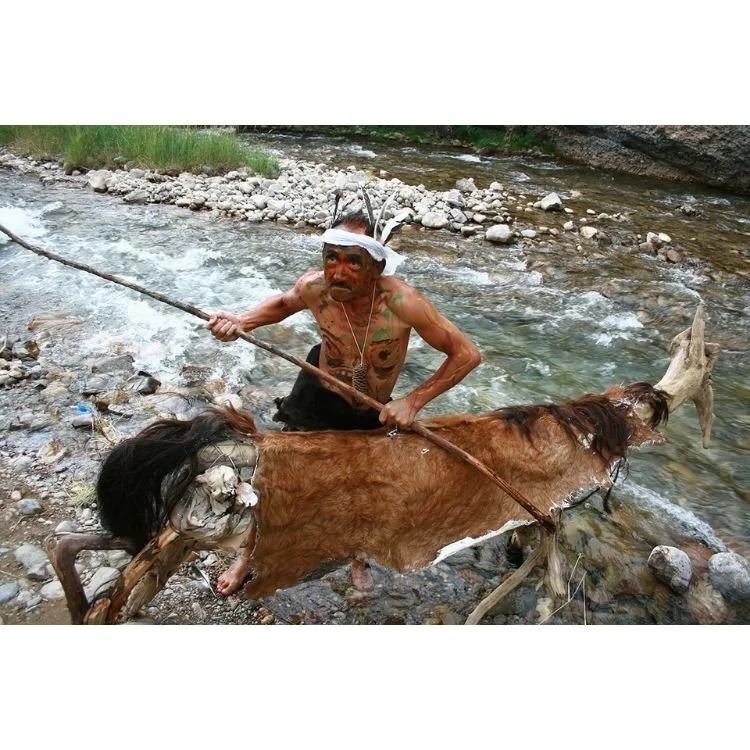
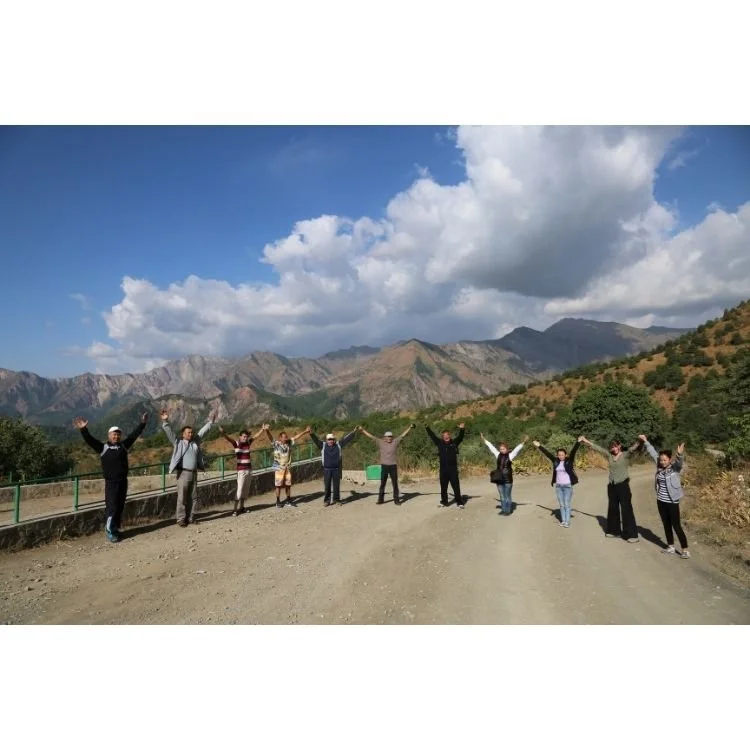



Participants of the Nomadic Art Camp at Sary-Chelek Lake:
Anna Flurina Kalin (CH), Debora Schar (CH), Corinna Hauck (DE), Djamshed Ashurov (TJ), Hurshed Rasulzode (TJ), Janarbek Amankulov (KG), Aidai Akmatova (KG), Aiganysh Tokonova (KG), Aiperi Mambetbaeva (KG), Almanbet Askarbek Uulu, Almasbek Samidinov (KG), Jusubaly Ashirov (KG), Kozubek Nurakbaev (KG), Kylych Djaparov (KG), Gulkaiyr Ismailova (KG), Mamat Kamchibekov (KG), Joomart Marat Uulu, Nuraim Narynbek Kyzy (KG), Meder Alyshbaev (KG), Ryskul Akmatova (KG), Sakhobidin Mirzaev (KG), Samat Myrzaev (KG), Urmat Salamatov (KG).
Contributing Texts for the Catalogue:
Shaarbek Amankul (KG), Hanspeter Maag (CH), Alina Isakova (KG).
Curator: Shaarbek Amankul, co-curator: Gamal Bokonbaev
Participants of the art exhibition at the Kyrgyz National Museum of Fine Arts in Bishkek:
Anna Flurina Kalin (CH), Debora Schar (CH), Corinna Hauck (DE), Peter Pohl (DE), Djamshed Ashurov (TJ), Hurshed Rasulzode (TJ), Janarbek Amankulov (KG), Aidai Akmatova (KG), Aiganysh Tokonova (KG), Aiperi Mambetbaeva (KG), Almanbet Askarbek Uulu, Almasbek Samidinov (KG), Jusubaly Ashirov (KG), Kozubek Nurakbaev (KG), Kylych Djaparov (KG), Mamat Kamchibekov (KG), Joomart Marat Uulu, Begaiym Narynbek Kyzy (KG), Nuraim Narynbek Kyzy (KG), Meder Alyshbaev (KG), Ryskul Akmatova (KG), Sakhobidin Mirzaev (KG), Samat Myrzaev (KG), Urmat Salamatov (KG), Baidylda Arykov (KG), Begaly Alymbekov (KG), Shakir Arykov (KG), Asaken Beishenov (KG), Adyl Baiterekov (KG), Sapar Djorobaev (KG), Zalkar Esenkanov (KG), Duishen Jolchuev (KG), Jylkychy Jakypov (KG), Talaichy Isamadyrov (KG), Mamat Kamchybekov (KG), Bolot Karakeev (KG), Nikolai Kotlyarevskii (KG), Jyldyz Moldokhmatov (KG),
Taalai Kurmanov (KG), Dogdurbek Nurgaziev (KG), Gulbara Omorova (KG), Kadyrkul Orozmatov (KG), Michail tomilov (KG), Nurgul Moldakulova (KG), Naryn Turpanov (KG), Gulnisa Usmanova (KG), Daniyar Shygaev (KG), Tahmina Avtandil Kyzy (KG), Shahzada Stamova (KG), Aichurok Tynchybekova (KG), Akylbek Kanybek Uulu (KG), Gulzada Elchbekova (KG).


